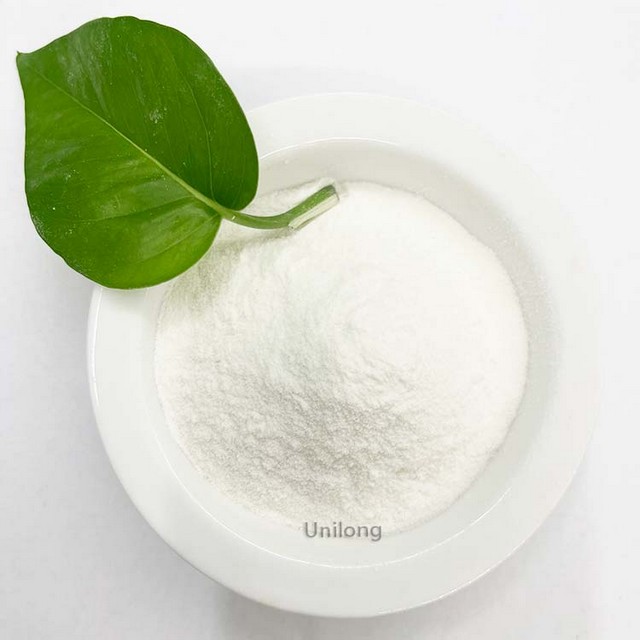¿Qué es el carbonato de Calcio CAS 471-34-1?
Calcium carbonate CAS 471-34-1, also known as limestone or stone powder, is a common chemical substance on Earth. It belongs to inorganic salt minerals, is alkaline, difficult to dissolve in water, and easily soluble in acid. It naturally exists in rocks such as aragonite, calcite, chalk, limestone, marble, and limestone. Insoluble calcium carbonate in limestone layers can be converted into calcium bicarbonate by reacting with water containing carbon dioxide. Water containing calcium bicarbonate can also precipitate calcium carbonate, which is the reason for the formation of caves.
Especificación
| ELEMENTO |
ESTÁNDAR |
| Apariencia |
Polvo blanco |
| Identification test |
It is a reaction of calcium salts
and calcium carbonate salts |
| Calcium carbonate (on a dry basis) ω/% |
98.0-100.5 |
| Hydrochloric acid insoluble matter ω/% |
≤0.20 |
| Free base ω/% |
符合 |
| Alkali metals and magnesium ω/% |
≤1.0 |
| Ba ω/% |
≤0.030 |
| Como ω/% |
≤0.0003 |
| Drying reduction ω/% |
≤2.0 |
| F ω/% |
≤0.005 |
| Pb ω/% |
≤0.0003 |
| Hg ω/% |
≤0.0001 |
| Cd ω/% |
≤0.0002 |
Aplicación
1.Medical field
Calcium supplements: used to prevent and treat calcium deficiency, such as osteoporosis, tetany, bone dysplasia, rickets, and calcium supplementation for children, pregnant and lactating women, menopausal women, and the elderly.
Antacids: can neutralize stomach acid, relieve symptoms such as upper abdominal pain, acid reflux, heartburn, and upper abdominal discomfort caused by excessive stomach acid, and can also be used to treat diseases such as gastric and duodenal ulcers, gastritis, and esophagitis.
Drug fillers and excipients: improve the stability and bioavailability of drugs.
2.Industria de alimentos
Nutrient enhancers: added to dairy products, beverages, health products, biscuits, cakes and other foods to play a role in calcium supplementation.
Leaving agents: leavening agents obtained by compounding with sodium bicarbonate, alum, etc., slowly release carbon dioxide when heated, so that the food produces a uniform and delicate puffed body, which can improve the quality of cakes, bread, and biscuits.
Acidity regulators: used to adjust the pH of food.
3.Industrial field
Building materials: It is one of the important raw materials of cement. It can improve the compressive strength, flexural strength and durability of cement, improve the construction performance of cement, improve the seismic performance of buildings, and can also be used to produce lime, plaster, and plastering materials.
Plastic industry: As a filler and modifier, it can improve the hardness, wear resistance, impact strength, heat resistance and weather resistance of plastics, while reducing production costs. It is commonly used in the filling of resins such as polyvinyl chloride (PVC), polyethylene (PE), and polypropylene (PP).
Rubber industry: As a filler and reinforcing agent, it can increase the volume of rubber, reduce the cost of products, improve processing performance, and greatly improve the wear resistance, tear strength, tensile strength, modulus, and swelling resistance of vulcanized rubber.
Papermaking industry: As a papermaking filler and coating pigment, it can ensure the strength and whiteness of paper at a low cost, help improve the quality and performance of paper, and can also be used in the production of high-grade paper.
Environmental protection: used as adsorbent and precipitant to remove harmful substances from water, reduce the hardness of water, improve water quality, and can also be used for waste gas treatment and soil remediation.
Other fields: used to manufacture glass, ceramics, electrode plates, dental materials, etc., and can also be used as feed nutrition enhancer and used in cosmetics to improve skin texture.
Embalaje
Por lo general lleno en 25kg/drum,y también se pueden hacer paquetes personalizados.














-with-cas-106-91-2.png)
